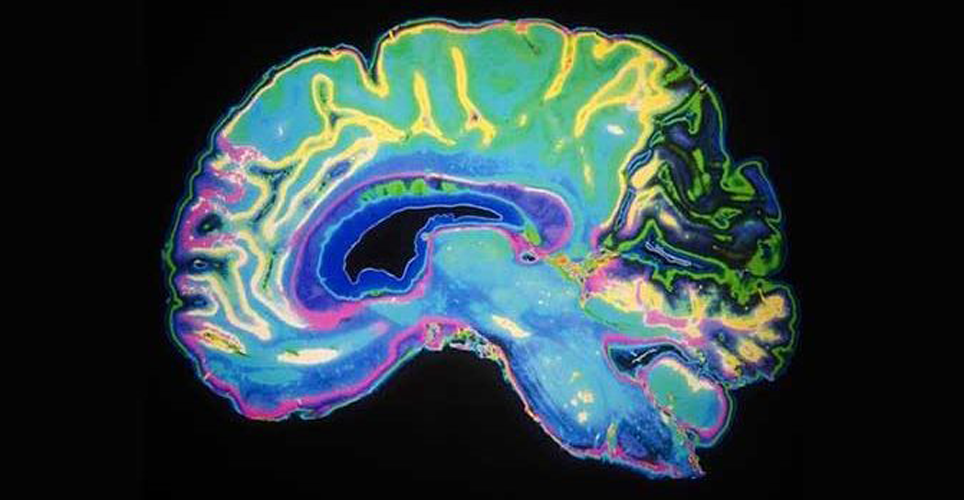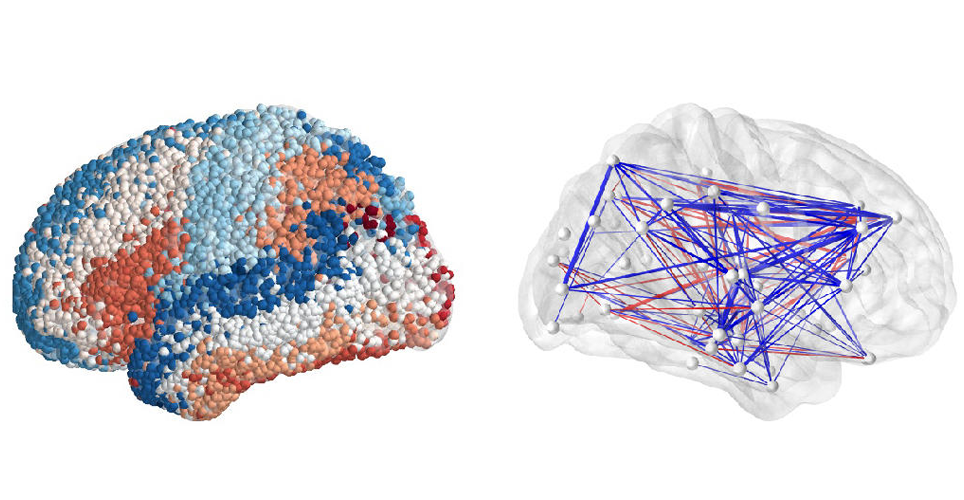
The best neuroscience articles from November 2017
This month’s collection of the best neuroscience articles includes eight news stories. These range from new ways to record activity and image the brain, to elucidating the role of a molecule involved in learning and memory.
1. New silicon probes record activity of hundreds of neurons simultaneously
Scientists from HHMI’s Janelia Research Campus, the Allen Institute and University College London have worked with engineers at imec to develop new devices called Neuropixel probes, which are set to revolutionise neuroscience research.-
Neuropixel probes are thinner than a human hair and as long as a mouse brain, with almost 1000 electrical sensors along their length. They can record activity from multiple regions of a rodent’s brain simultaneously, allowing researchers to see how different parts of the brain interact to give rise to cognition and behaviour.
Find out more
2. Choosing the best candidates for the job
Researchers at the Max Planck Institute for Human Development and the Aging Research Center, Karolinska Institutet and Stockholm University have found an explanation as to how the brain can learn throughout life, without increasing in size or volume.
It appears that the brain creates new cells during the early stages of learning, selects the best ones for the job and then destroys the ones that are no longer needed, ensuring brain mass and volume does not increase.
Click here
3. Scientists create a recipe to make a human blood-brain barrier
Researchers from the University of Wisconsin-Madison have created a method to make a more exact mimic of the human blood-brain barrier than previous models. The method uses small molecules to chaperone pluripotent stem cells to develop into the endothelial cells that make up the blood-brain barrier.
The blood-brain barrier prevents many small-molecule drugs from interacting with the brain. Being able to produce a mimic of the blood-brain barrier in a petri-dish means researchers can investigate how neurological conditions progress, as well as develop better treatments for these.
Learn more
4. JULBD6: A new near-infrared brain imaging dye

Researchers at Keele University and Newcastle University have designed a new near-infrared, voltage-sensitive dye that can be used to visualise the electrical activity of neurons in the brain.
It is hoped that this new dye, named JULBD6, will give neuroscientists a clearer understanding of the function of neural networks, which could lead to new treatments for neurological diseases being developed.
A clearer image
5. Take a 3D journey through the brain
A virtual reality system developed by the Wyss Center for Bio and Neuroengineering and the University of Geneva enables users to visualise the 3D structure of the mouse brain.
Not only can the user visualise the mouse brain, but interactive, hand-held pointers enable users to select, slice and zoom in on brain structures. The system utilises the high-resolution images produced by today’s microscopes and allows users to see these images at cellular resolution, analyse and rapidly understand them.
See in high resolution
6. Penn neuroscientists construct the first whole-brain map

Neuroscientists at the University of Pennsylvania have created the first whole-brain map of neuronal connections in the brain.
The map was constructed using data from just under 300 patients who had electrodes implanted in their brain. Data showed that during the formation of new memories, brain regions communicate with each other using low-frequency brain waves. These connectivity maps could lead to the development of better treatments for patients with memory disorders in the future.
Read more
7. The chemistry of memory
Researchers at Ludwig-Maximillans-Universitat Munchen have elucidated the role of RNA-binding protein in the adaptation of synapses that are required for memory formation.
The research has found a link between lower levels of the RNA-binding protein Staufen2 and memory impairment, showing that Staufen2 has a role in the synaptic plasticity that mediates learning and memory. It appears that in conditions where Staufen2 levels are low, synapses become extremely responsive, and an insufficient number of synapses are repressed. This leads to information not being consolidated and less long-term memories.
Consolidate here
8. Carefully crafted pulses control neuron activity

Researchers at the University of Illinois have used ultrafast pulses of light to trigger optogenetic neurons to fire in mice. In this coherent control, the wavelengths of light can be administered in different patterns, allowing researchers to make neurons fire in different patterns.
It is hoped that in the future, this technique could be used on photoreceptors in the retina, which are naturally responsive to light. Photoreceptors connect to parts of the brain that control mood and circadian rhythms, meaning there is potential for a treatment of circadian or mood problems to be developed.
Click here
Please send all comments and news to [email protected].
Banner Image Credit: Stephen Boppart at University of Illinois

)